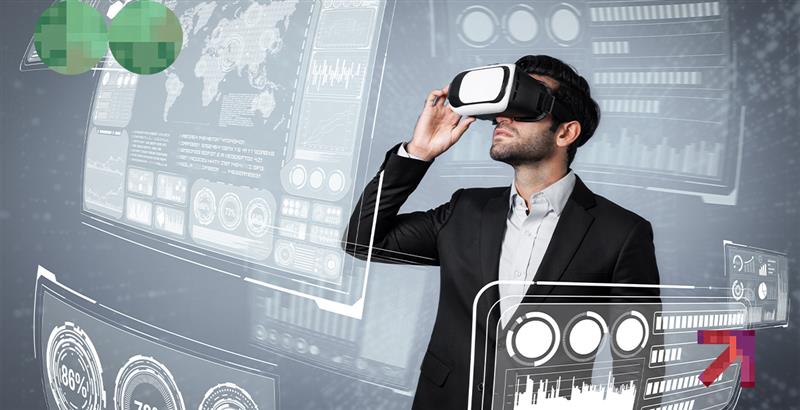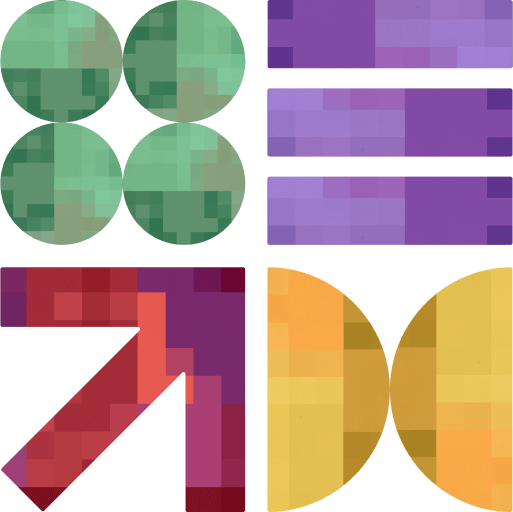7 Innovations Revolutionizing IoT Smart Cities

Cities are growing. Populations are moving faster. And infrastructure needs to catch up. That’s where IoT smart cities come in.
By embedding sensors, connectivity, and automation into the fabric of urban infrastructure, IoT enables real-time monitoring, intelligent decision-making, and predictive maintenance across key systems.
If you’re curious about how you can replicate this success, here are seven real innovations making smart cities smarter.
💡 NEOM features some of the best IoT solutions for smart cities if you seek inspiration from the Kingdom of Saudi Arabia. This innovative mega-project is being built from the ground up with IoT integrated into the city’s DNA. As a result, it offers residents a hyper-connected, self-monitoring ecosystem that learns, adapts, and evolves continuously.
1) Smart Parking
Finding a parking spot in a busy city is frustrating. But IoT changes that.
Smart parking systems implemented in smart cities use sensors to detect available spots, and share them with drivers via mobile apps or in-car navigation. They also help cities optimize pricing, reduce illegal parking, and cut down on congestion.
In Riyadh, pilot projects are being scaled to cover more zones with real-time parking maps. Their goal is to cut down on traffic congestion and emissions, while also feeding valuable data to city planners.
Over time, patterns in usage can help with decisions related to infrastructure investments, dynamic pricing strategies, and even future zoning decisions.
2) Smart Waste Management
You’ve often seen a dark side to big cities; overflowing bins, unnecessary collection rounds, and inefficient routes that cost cities time and money.
Smart waste systems use IoT sensors to monitor fill levels and optimize pickup schedules. Trucks get routed dynamically, whereas maintenance teams get alerts before issues escalate.
This might seem futuristic, but NEOM is already setting global benchmarks here. NEOM’s Smart Waste Management system is a core part of its vision to become a zero-waste, fully circular city.
At the heart of this system are IoT-connected waste bins, AI-powered sorting facilities, and automated collection vehicles that monitor, separate, and manage waste in real time.
Every piece of waste is tracked, categorized, and routed for reuse, recycling, or energy recovery. Whereas organic waste is converted into compost or bioenergy, materials like plastic, metal, and glass are reprocessed and fed back into the supply chain.
3) Smart Traffic Management
IoT smart cities have begun leveraging IoT-based traffic systems to analyze patterns, detect congestion, and sync traffic lights in real time.
Sensors, cameras, and AI help predict and adjust flows. As a result, public buses move more predictably. Moreover, emergency vehicles get faster routes.
Jeddah is piloting adaptive signal systems across major intersections. These smart traffic lights use real-time data from cameras and sensors to monitor vehicle flow, pedestrian movement, and congestion levels.
Instead of relying on fixed timers, the system dynamically adjusts signal durations to optimize traffic flow, reduce wait times, and minimize bottlenecks. This is especially beneficial during peak hours or special events.
And over time, AI algorithms learn from traffic patterns to continuously improve efficiency.
4) Environmental Monitoring
This is the 21st Century and luxury has a different meaning due to climate change. Clean air, water, and noise levels matter, and you can’t improve what you don’t measure.
Smart sensors now track pollution, temperature, radiation, humidity, and more. City leaders get live dashboards and predictive alerts to act early.
In Dammam, air quality IoT networks in IoT for smart cities are helping forecast health risks tied to industrial zones. These networks use strategically placed sensors to monitor pollutants such as PM2.5, NO2, SO2, and ozone in real time.
The data is then analyzed using AI and predictive modeling to identify potential health hazards before they escalate. Alerts are then sent to residents in nearby communities, enabling them to take the necessary precautions.
City planners and environmental agencies also benefit from these insights. They can use the data to enforce regulations, optimize zoning, and plan mitigation efforts like emissions controls.
5) Energy Management
Smart grids are reshaping how cities distribute and conserve electricity. IoT-connected meters let utilities monitor demand in real-time, detect outages instantly, and shift loads to prevent blackouts.
In Saudi Arabia, SABIC is exploring energy optimization for industrial clusters and housing developments.
By integrating IoT sensors, AI-driven energy management systems, and smart grids, SABIC aims to monitor and control energy consumption across its facilities and affiliated communities. That too in real time.
Meanwhile, industrial clusters benefit from optimizing load distribution, predicting peak demand, and minimizing waste.
As for housing developments, smart meters and home energy management systems allow residents to track usage, receive recommendations, and participate in demand-response programs.
💡 iApartments is a great example of combining internet of things and smart cities to improve energy management. A smart living platform developed by DPL, it combines proprietary hardware and app-based automation for multifamily properties. Already deployed across U.S. properties, it’s designed to deliver operational efficiency and real-time visibility at scale.
6) Utility Management
In addition to energy, water and gas utilities benefit hugely from IoT.
Smart meters, leak detection sensors, and pressure monitors enable real-time tracking of consumption and infrastructure health.
With regards to water utilities, this means early detection of leaks, accurate billing, and reduced waste. This is especially crucial in arid regions like Saudi Arabia.
As for gas, IoT systems enhance safety by monitoring for pressure drops, unauthorized usage, or potential leaks. This, in turn, allows instant alerts and automated shutoffs.
By implementing these technologies, utility companies can improve operational efficiency and customer transparency. They also benefit from supporting predictive maintenance and sustainability.
Moreover, utilities can shift from reactive fixes to proactive management. As a result, resources can be saved and downtime lowered.
7) Remote Monitoring
When it comes to, the effect remote monitoring has on a city’s municipality is tremendous. City managers can’t be everywhere, but IoT lets them see and act in real time.
Remote monitoring solutions provide visibility over elevators, escalators, lighting, signage, street furniture, and more. Repairs get triggered automatically, ensuring technicians arrive with the right tools.
In NEOM, every urban asset is embedded with IoT sensors and connected via high-speed networks to centralized control platforms. These systems provide real-time visibility into the performance and status of utilities, transport networks, public services, and even environmental conditions.
For example, public safety benefits from AI-assisted surveillance and automated incident alerts, giving response teams an immediate edge.
💡 When implementing remote monitoring applications of IoT in smart cities, start small and scale. Begin with high-impact, manageable use cases such as street lighting, waste bins, or water leak detection. You should ideally set pilot zones to test hardware, connectivity, and data analytics. And then scale based on performance and feedback. This phased approach reduces risk, controls cost, and builds internal expertise for broader implementation.
Need Help with IoT for Smart Cities?
At DPL, we design and deliver IoT smart cities solutions that power smarter decisions, safer streets, and more efficient operations. Whether you’re a city planner or a systems integrator, we can help build and scale the foundation for your smart IoT-driven cities vision.
Connect with us to start your transformation today.





